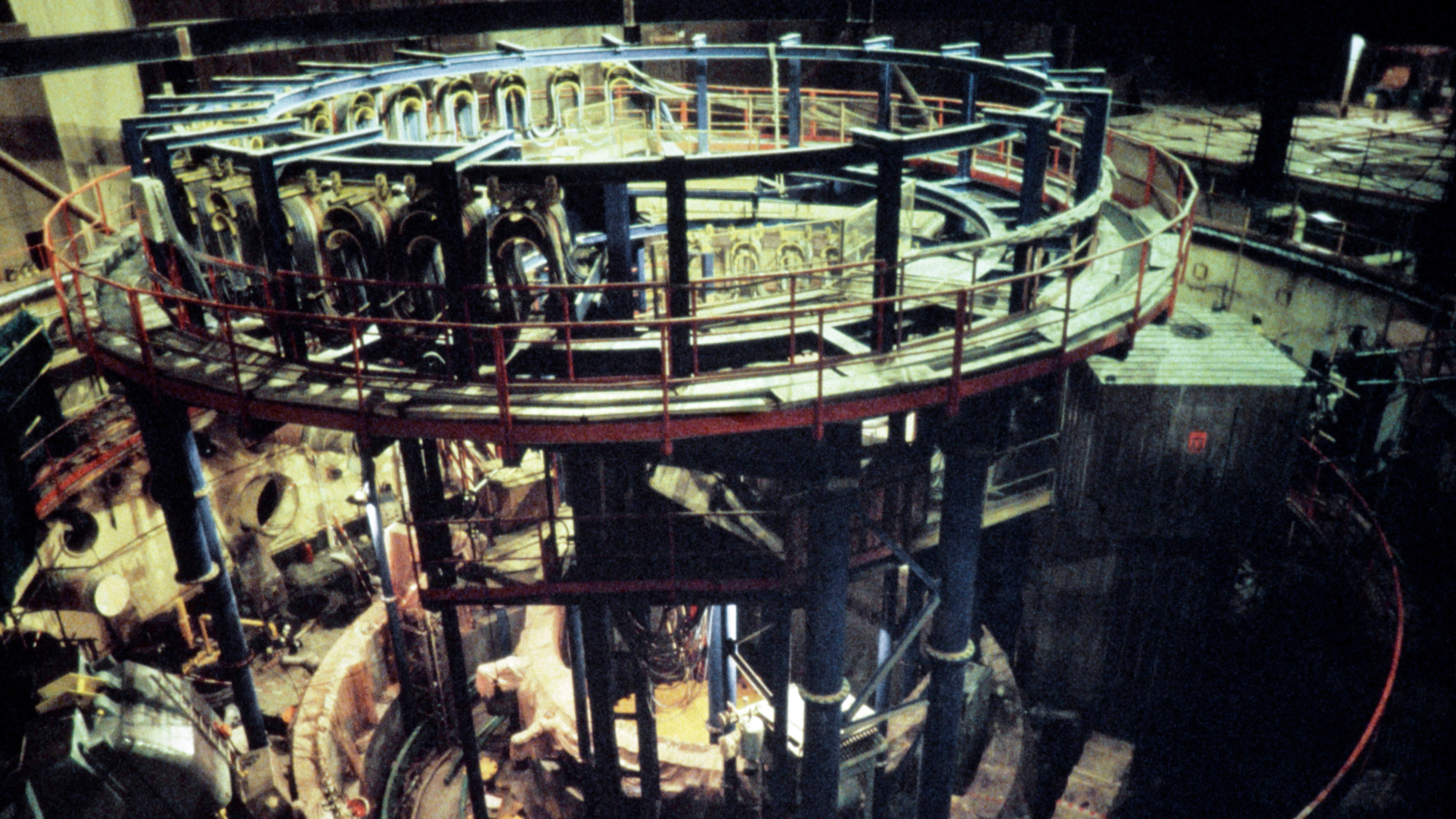This Day In History: The First Breeder Nuclear Plant Harvests Power
At 1:50 p.m. on December 20, 1951, the world's first breeder reactor harvested power. The Experimental Breeder Reactor I (EBR-I) outside of Arco, Idaho had used nuclear power to generate enough electricity to power four 200-watt lightbulbs.
(Welcome to Today in History, the series where we dive into important historical events that have had a significant impact on the automotive or racing world. If you have something you'd like to see that falls on an upcoming weekend, let me know at eblackstock [at] jalopnik [dot] com.)
Back in the early 1950s, the concept of nuclear power was very new. We knew nuclear power could be harnessed for destructive purposes, but we still weren't sure it could be used as a source of power. Scientists were still trying to make sense of the theory that said a breeder reactor could be both powerful and useful—one nuclear reactor had been able to generate some electricity, but it was still rare—and harnessed for good. This was the era of the Ford Nucleon, after all.
In essence, a breeder reactor is a nuclear reactor that creates more fissionable material—or, any kind of atomic nucleus that can undergo fission, where atoms split and release energy—than it consumes. That extra energy expresses itself as heat, and that heat is used to turn water into steam. That steam is then used to drive a turbine and create electricity.
At the time, scientists thought that's what would happen. They weren't sure until EBR-I did its job. One day after the reactor powered a few lightbulbs, scientists were able to harness enough energy to power the entire building. EBR-I served as a basis for other breeder reactors around the world. Even its partial core meltdown proved educational, since it showed scientists the limits of the kind of power they were producing.
One of the goals of harnessing nuclear power was to create aircraft powered by nuclear propulsion. A jet that could be powered by heat produced through nuclear fission could theoretically remain in flight for long periods of time—way longer than was possible with a regular ol' combustion engine. That technology would have been transferrable to cars, motorcycles, you name it.
We obviously didn't get that far, and the reactor was decommissioned in June 1975. But at the time, EBR-I was the home of an incredible scientific discovery, one we thought would be able to transform transportation as we understood it.
